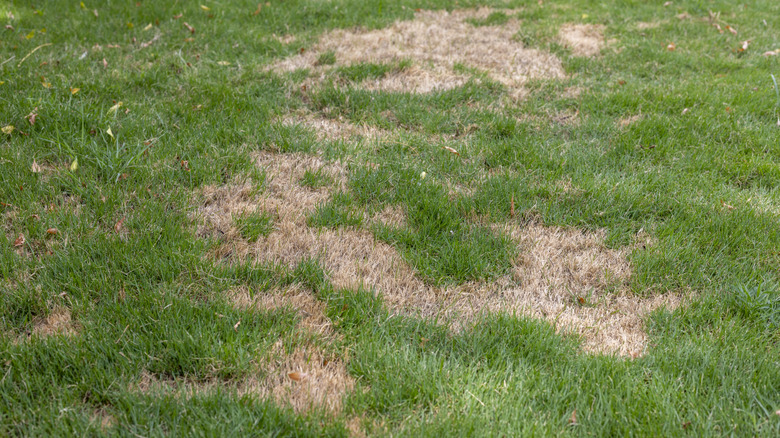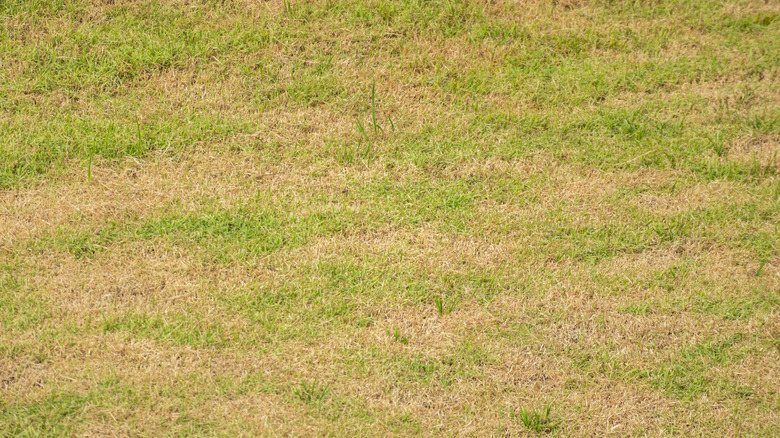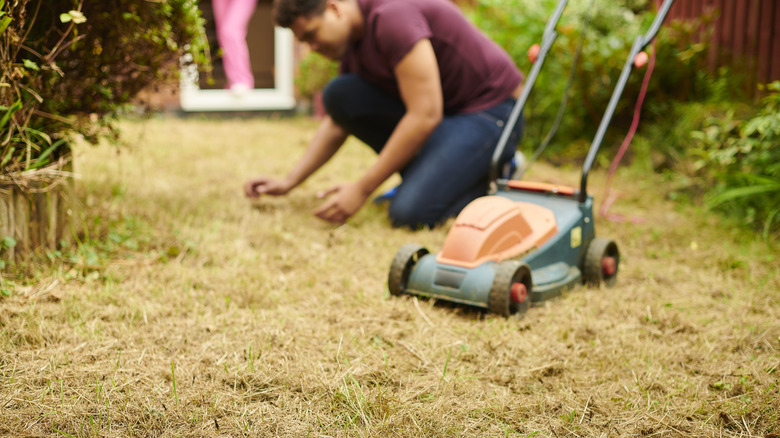The Real Reason Your Lawn Is Brown (And When It's Time To Panic)
Brown isn't always bad. It's the color of sturdy tree trunks, leather boots, and a strong cup of coffee. But when it shows up on your lawn mid-summer, it's hard not to see it as a personal failure. You water it and follow every half-baked tip the internet throws at you. And yet, the grass still turns that dull, lifeless shade. This happens not because the grass is dying but because it's dormant. When temperatures rise, most grass types shut down growth and turn brown to conserve energy. That's right, your lawn might just be hitting snooze until the weather plays nice.
Still, there's a fine line between natural dormancy and a warning sign. Just because browning is common doesn't mean it should always be ignored. Sometimes it's the lawn's way of coping. Other times, it's a silent cry for help. And knowing which is which? That's where things get tricky. Because while one calls for patience to save the dormant grass, the other might need intervention fast.
Why is your lawn grass turning brown
Grass, like any living thing, reacts to stress, and the first visible sign is a change in color. When there's not enough moisture in the soil, the roots can't pull in what they need. And when that happens, everything slows down. Growth stops, and the green fades into tan.
Grass has a built-in response system. To avoid losing moisture, it shuts down its stomata (the tiny pores on each blade). That, in turn, slows down photosynthesis and locks in whatever hydration is left. It's a smart move, but not a perfect one. If the drought stretches on for weeks and temperatures stay high, even dormant grass begins to suffer at the crown. That's the part that keeps the plant alive.
That's why taking a few simple steps can make all the difference. Watering consistently helps keep your sunny lawn healthy and allows the roots to recover before the blades bounce back. Also, controlling weeds, which compete for the same limited moisture, also gives your grass a better shot at survival. And while aeration improves root access to water and nutrients, it's best saved for cooler months to avoid adding stress during peak heat.
When to worry about brown grass
While dormancy is common in summer, there are moments when the color change means something's actually wrong, and ignoring it could cost you your lawn. One major red flag is drought stress that goes too far. Grass can handle dry spells, but if the soil stays bone dry for weeks, even dormant lawns start to break down. The crown dries out completely, and once that's gone, the grass won't recover.
Insects are another concern. Grubs and chinch bugs feed on roots and stems, damaging the lawn from underneath until patches turn brown and pull up easily like loose carpet. Then there's disease. Fungal infections such as dollar spot or brown patch spread fast in warm, humid conditions and leave dead-looking areas across the turf. Even something as routine as mowing can be an issue. If you're cutting the grass too short during a heatwave, you're stripping away its protection. That kind of stress leaves the lawn exposed and weak. Ideally, you should mow just enough to trim no more than ⅓ of the blade. Besides, limit it to once or twice a week to improve your lawn. So, while brown grass in summer isn't always a problem, it becomes one when these factors are in play.


